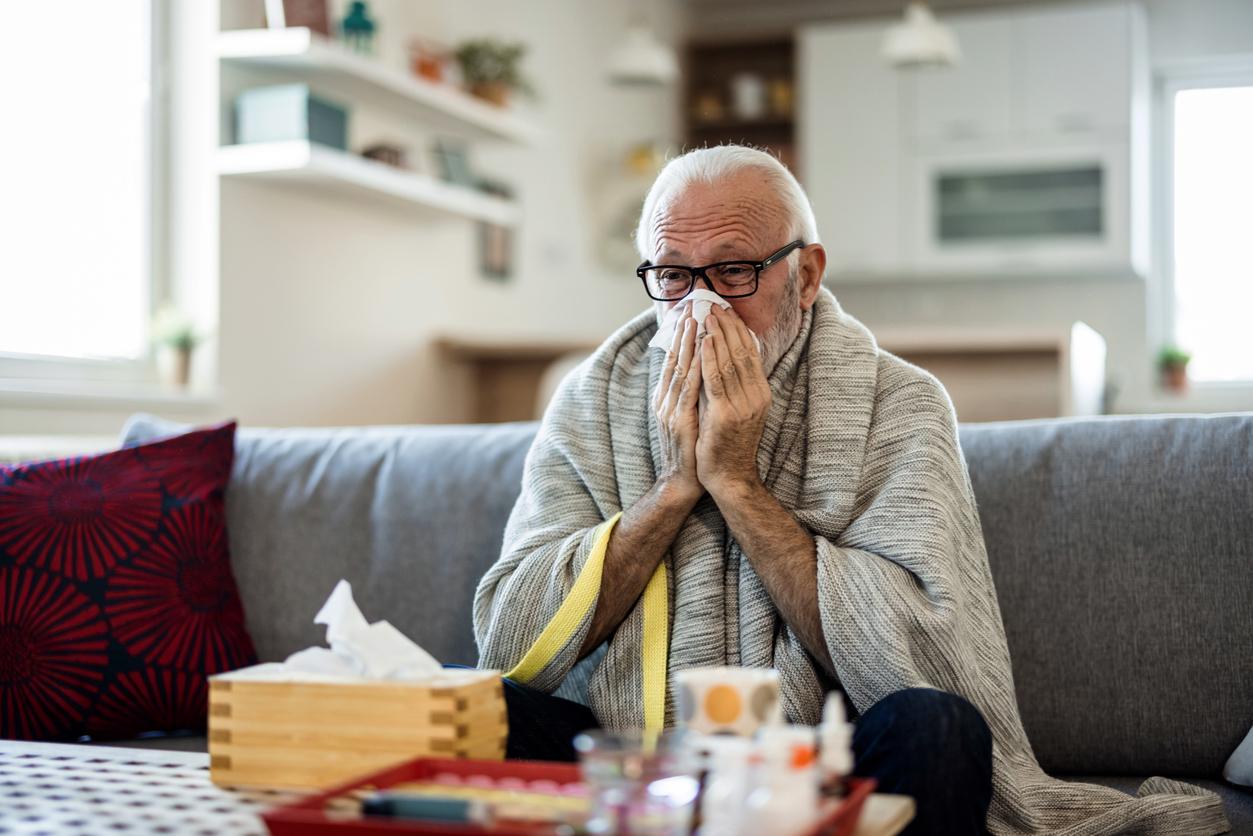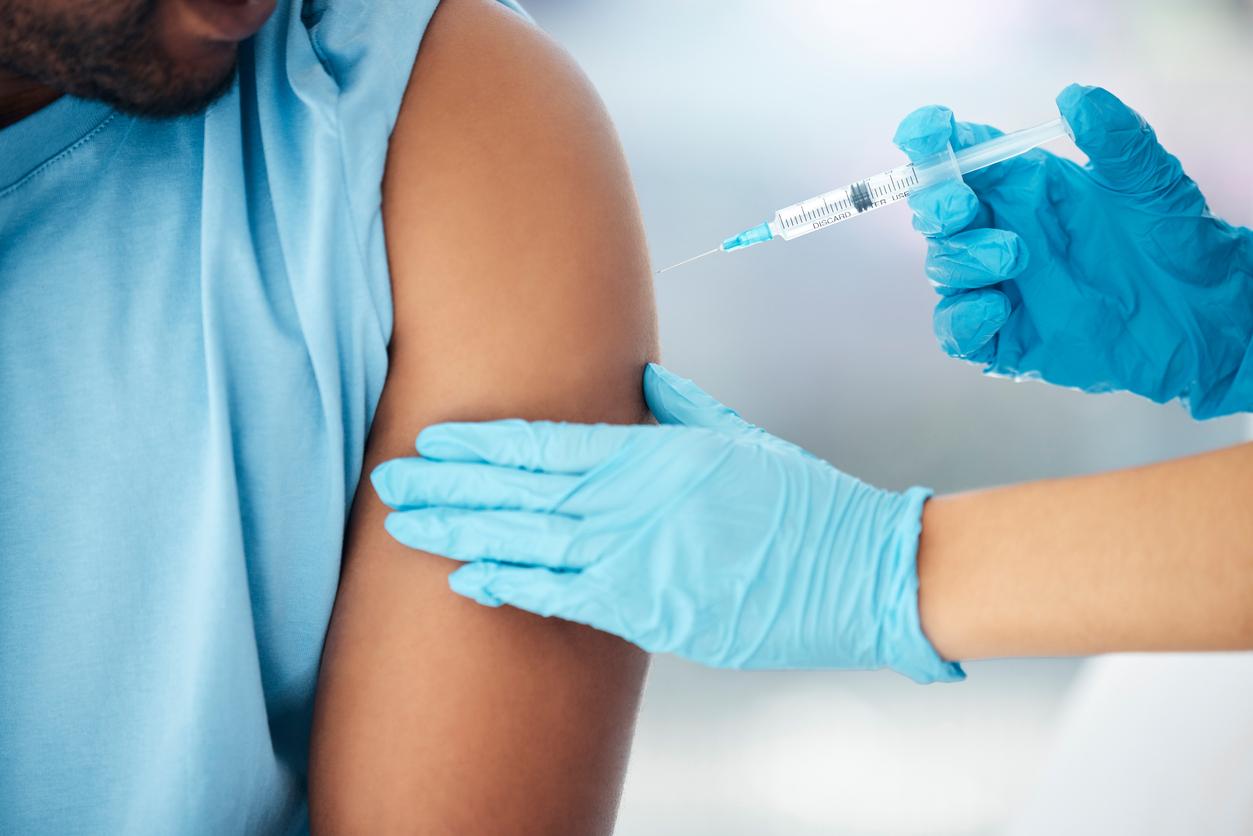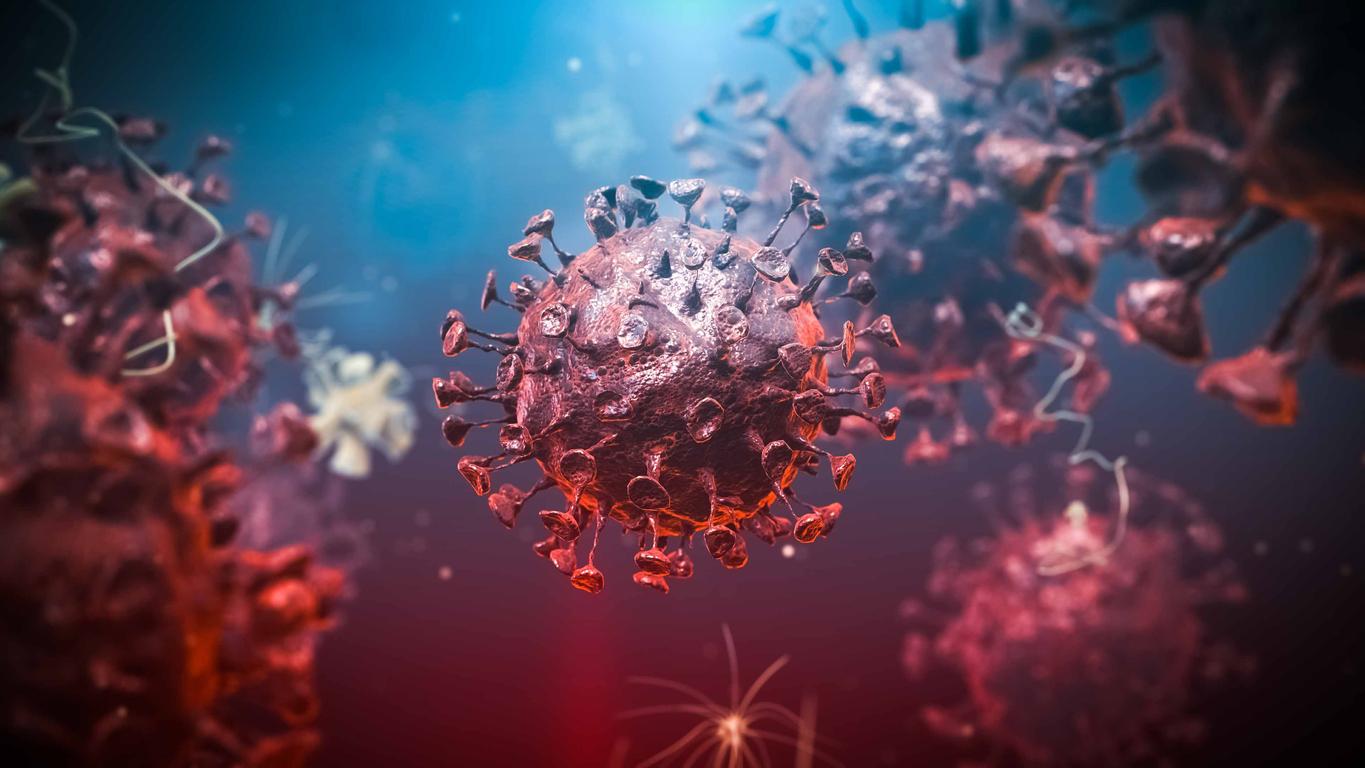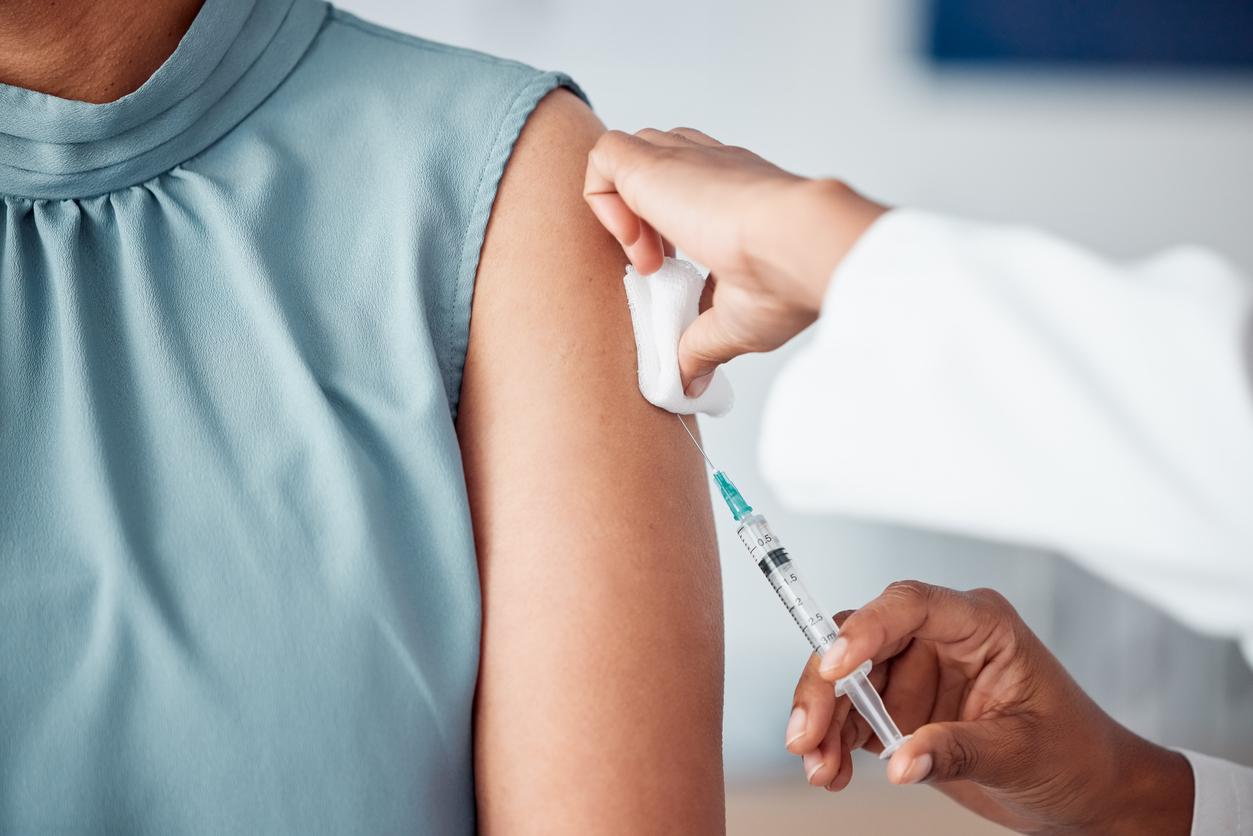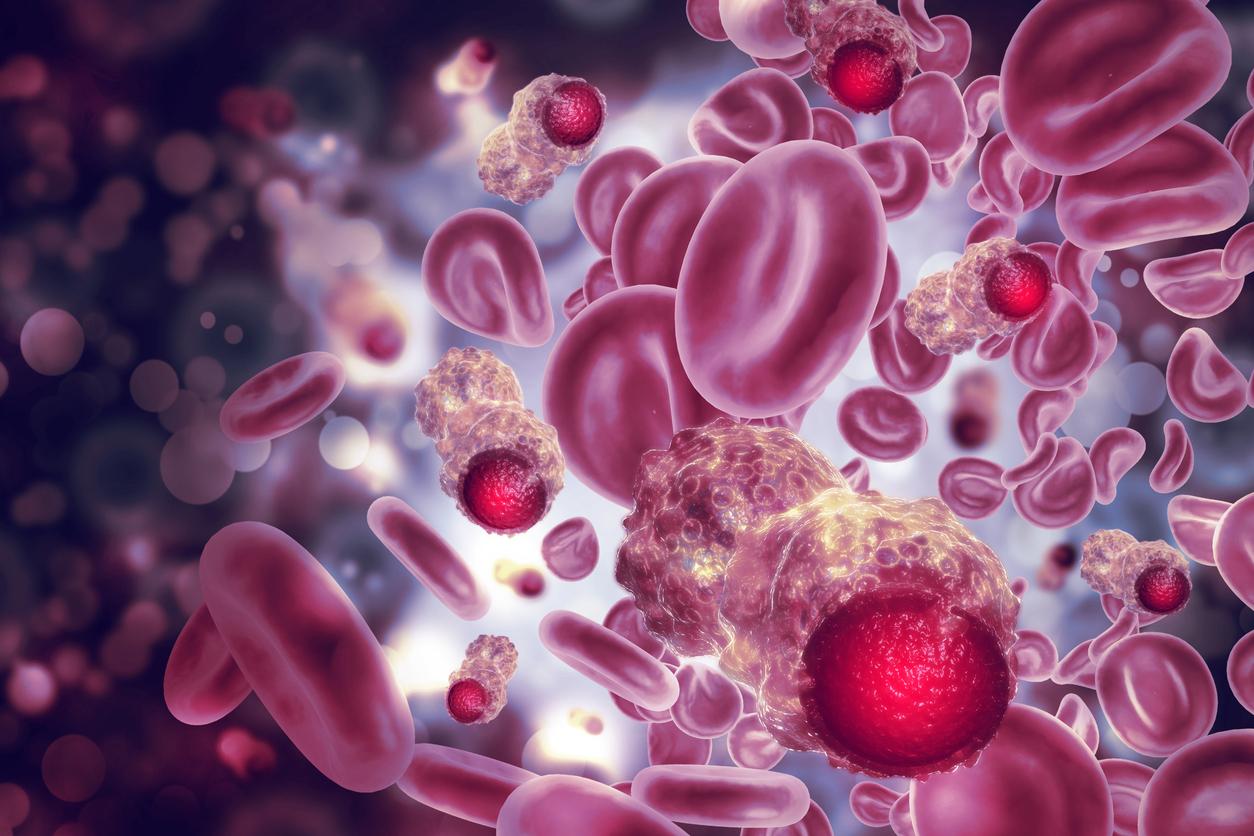Why doctor explains the differences between the Trod test (rapid diagnostic orientation test) and the PCR test (polymerase chain reaction).

The Trod test (rapid diagnostic orientation test) and the PCR test (polymerase chain reaction) are the two systems used to diagnose Covid-19 infection. Each test has its strengths and weaknesses. Why doctor compiled them for you.
And after ?
If the result of the Trod test is positive, it must be followed by further blood tests, to be supplemented with a PCR test to find out if the virus is still present in the body.
If the test is positive, you must protect yourself and your loved ones. The patient is invited to contribute to the search for “contact persons“to respect the isolation measures, to monitor his state of health and to take a whole series of precautions which will make it possible to stop the transmission of the virus.
If the test is negative, two scenarios must be distinguished: people who showed signs of Covid-19, on the one hand, and people who have been in close contact with a sick person, on the other hand.
For people who had symptoms of Covid-19 whose test is negative, they must continue to strictly observe barrier gestures.
For the “contact persons” of a Covid-19 patient whose test is negative, the course of action differs depending on whether they live under the same roof as the sick person or not:
– Those who live with the sick person must remain in isolation until the patient recovers, and renew their test 7 days after recovery. Even if their test is negative again and they show no signs of the disease, they must still remain isolated for 7 days by easing the isolation measures.
– Contact persons who do not live under the same roof as the sick person and whose test is negative are probably not infected: isolation measures are reduced but must be continued until the 14th day after their last contact with the person sick, for safety.
.









